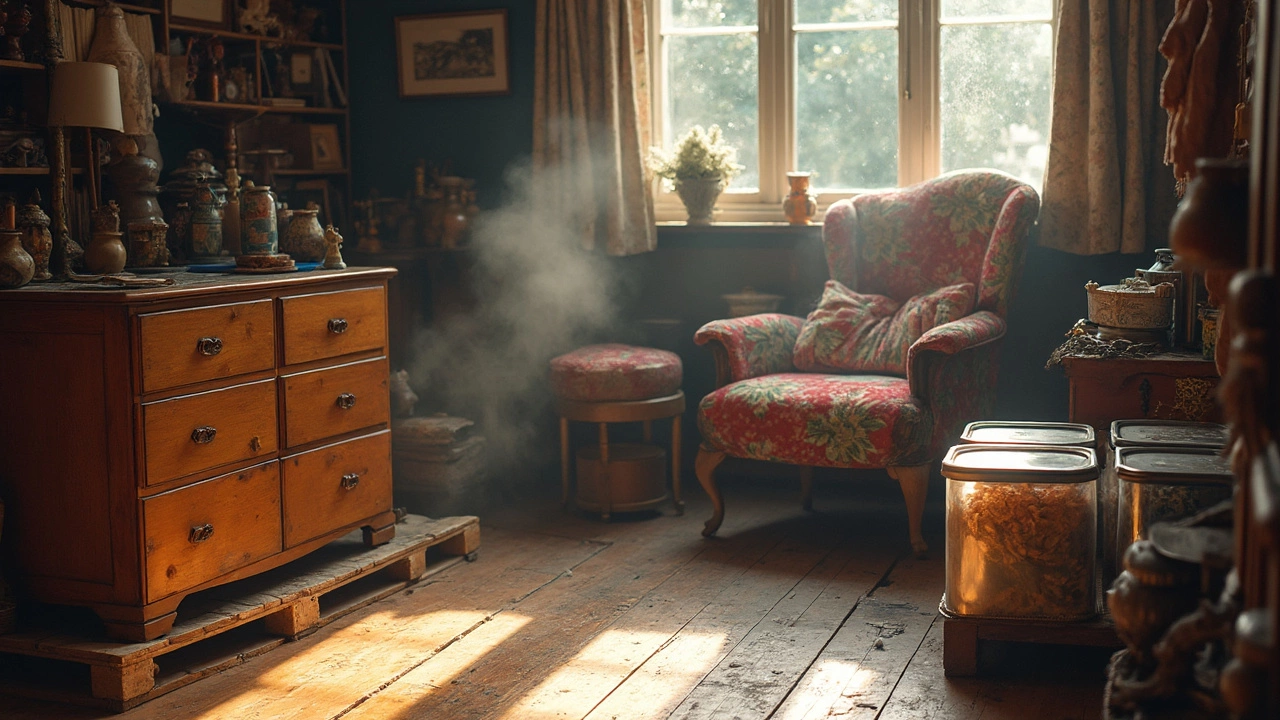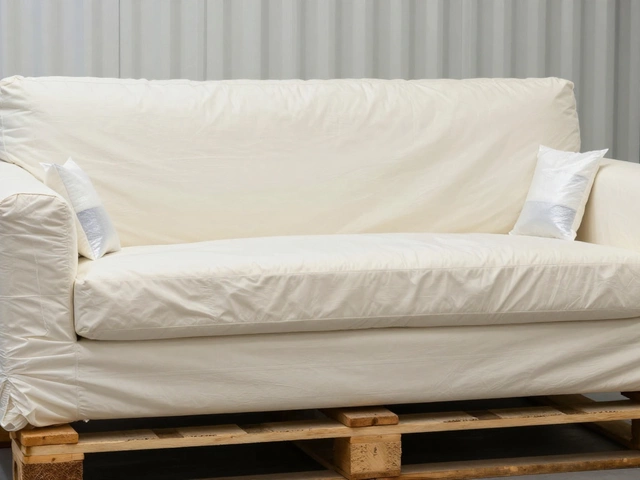How to Protect Furniture and Keep It Looking New
Furniture gets used a lot, so it’s normal to worry about scratches, stains, or weather damage. The good news is you don’t need a pricey specialist – just a few everyday habits can extend the life of sofas, tables, wardrobes and patio sets.
Everyday Care for Indoor Pieces
Start with a regular cleaning routine. Dust off surfaces with a soft cloth every week and wipe spills right away. Use a mild soap solution on wood, then dry with a clean towel – water left on wood can cause swelling. For upholstered items, vacuum the fabric and rotate cushions so the wear is even.
Protect high‑traffic spots with felt pads or rubber feet. A coffee table near the sofa can get scratches from coaster marks; placing coasters and a tablecloth reduces that risk. If kids or pets are around, invest in washable slipcovers that you can toss in the wash.
Shielding Outdoor Furniture
Patio chairs and garden tables face sun, rain, and wind. When you’re not using them, cover each piece with a fitted furniture cover – it’s cheaper than replacing rusted frames later. Choose breathable covers so moisture doesn’t get trapped and cause mildew.
Store cushions in a dry spot or under a deck box. If you can’t bring the whole set indoors, at least move the cushions inside during long rainy periods. A simple tarp over the whole area works, but make sure it’s secured so wind can’t lift it and damage the fabric.
Watch the temperature extremes. Wood expands in heat and contracts in cold, which can lead to cracks. Applying a UV‑blocking varnish in the spring helps the wood resist sun damage. Metal frames benefit from a rust‑prevention spray before the season starts.
Don’t forget the ground underneath. Place a rubber mat or a layer of decking tiles under heavy furniture to keep the grass from turning into a muddy mess. This also helps the legs stay level and prevents wobble.
For both indoor and outdoor pieces, keep an eye out for pests. Furniture mites love hidden seams and dusty corners. A quick vacuum, followed by a light spray of fabric‑safe insect repellent, keeps them at bay. Check wardrobes and closets regularly – mothballs are effective for wood, but a cinnamon sachet works without harsh chemicals.
When moving furniture, use sliders or blankets to avoid scratches on floors and dents on the furniture itself. Lifting heavy items is risky; ask for help or use a dolly if the piece is bulky.
Finally, make a habit of a quick weekly walk‑through. Spot a stain? Treat it. Notice a loose leg? Tighten the screws. Small fixes now prevent costly repairs later.
By following these straightforward steps, you’ll keep sofas, tables, wardrobes and garden sets looking fresh for years. Protection isn’t about big projects – it’s about simple, consistent actions that add up to big savings.
How to Protect Furniture in Storage from Mice
Worried about mice damaging your stored furniture? Protecting your belongings from these unwelcome guests can be a straightforward process with the right approach. Discover practical tips and effective methods to keep your furniture safe from mice while in storage. Learn how repellents, sealing, and organized storage can help prevent infestations. Keep your furniture in top condition even when it's not in use.
Protecting Furniture in Storage: Tips and Solutions
Storing furniture the right way is crucial to avoid damage that can occur in storage spaces. By understanding factors like humidity, pests, and appropriate packing methods, you can safeguard your prized possessions. With careful planning and the right precautions, your furniture will remain in top condition, whether they’re cherished antiques or modern pieces awaiting a new home. Proper protection not only saves money, but also keeps your furniture looking great for years.
Best Practices for Wrapping Furniture in Storage
Wrapping furniture before storing it can be crucial in maintaining its quality and functionality. This practice shields your pieces from dust, dirt, moisture, and unexpected scratches. Discover the materials best suited for wrapping furniture, and the steps involved in doing it right. Learn the dos and don'ts to ensure your furniture stays in prime condition while in storage.









